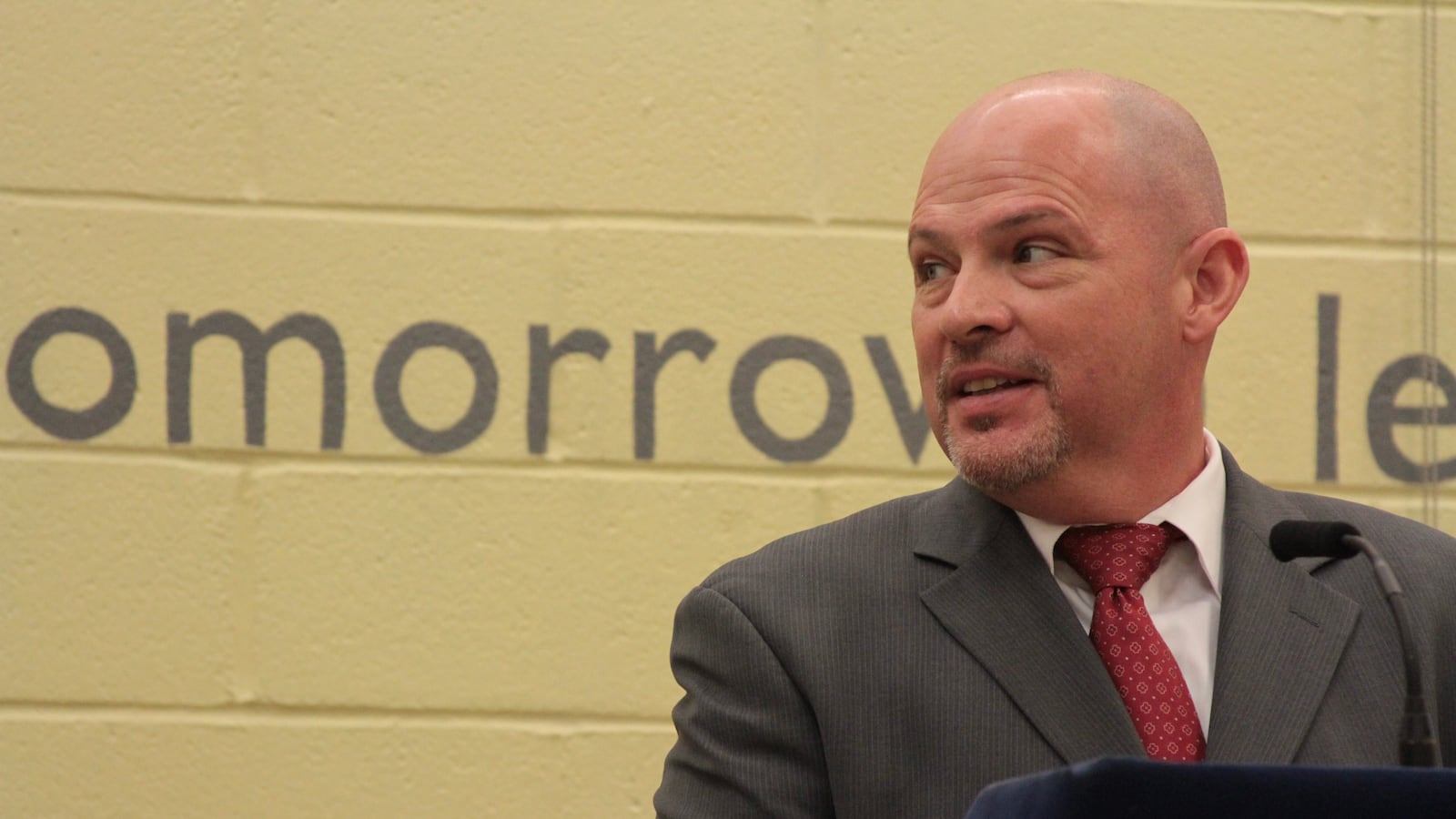As a new legislative season kicks off this week, the city teachers union on Monday reissued its call for state lawmakers crack down on charter schools that serve fewer high-needs students than traditional public schools.
New York City’s charter schools tend to enroll a smaller portion of students with disabilities, English language learners, and those in temporary housing than neighboring district schools, despite a state law that requires charters to aim to serve comparable shares of high-needs students. The union, which has long cited that disparity as one reason for some charters’ above-average test scores, is pushing lawmakers to toughen that 2010 law by adding penalties for schools that fall short of the targets.
With the mayor now a close ally and the governor reversing course on teacher evaluation rules it strongly opposed, the union has zeroed in on the charter sector.
“It’s something that we consider to be one of the great challenges of our school system,” United Federation of Teachers President Michael Mulgrew said about the district-charter enrollment disparity.
Mulgrew, who was scheduled to travel to Albany Monday evening to meet with lawmakers, added that strengthening the law one of the union’s “main legislative priorities” this session.
The attack comes as two prominent charter networks are facing accusations that they have failed to meet the needs of some students with disabilities or pressured them to transfer. Gov. Andrew Cuomo recently referred to “troubling practices” related to student admissions and retention at some charter schools.
The city’s charter sector has acknowledged serving fewer high-needs students, with some schools citing difficulties in recruiting non-English speakers and providing a full range of special-education services. But some charter advocates also argue that the enrollment-target law is flawed — for instance, by failing to credit schools that help students shed their disability status — and insist that the union’s focus on the disparities is part of a larger anti-charter agenda.
“This is a classic case of pre-session political maneuvering,” said James Merriman, CEO of the New York City Charter School Center, who has said that most charter schools are making good-faith efforts to meet their targets.
The 2010 law required officials to set charter school enrollment targets for students with disabilities, who are English learners, and who come from low-income families based on the average enrollment in the school district where they are located, and to retain those students. But state regulators only began scrutinizing those enrollment figures last year, and they have indicated that schools will be given leeway in meeting their goals.
On Monday, Mulgrew said the enrollment law is “full of swiss cheese.”
Joseph Belluck, who heads the organization at the State University of New York that oversees many charter schools, said he expects “every one of our schools to make every possible effort to meet the targets for ELLs, free lunch and students with disabilities.”
However, he added, “That doesn’t mean that if a school doesn’t meet the target we’re not going to renew them.”
The district-charter enrollment gaps have narrowed over the past eight years, but remain sizeable.
Last year, students with disabilities made up 21 percent of district school students, and — according to the Charter Center — 16 percent of charter school students. (The UFT contends that figure is 14 percent.) About 14 percent of New York City’s district school students are English learners, while 6 percent of charter school students are.
Many district schools don’t come near city averages for high-needs students either, especially magnet schools and screened schools, which have discretion over the students they enroll. Asked whether those schools should face similar criticism for not reflecting the city’s demographics, Mulgrew said no.
“A charter school by their very own argument is supposed to be a regular public school,” Mulgrew said.

